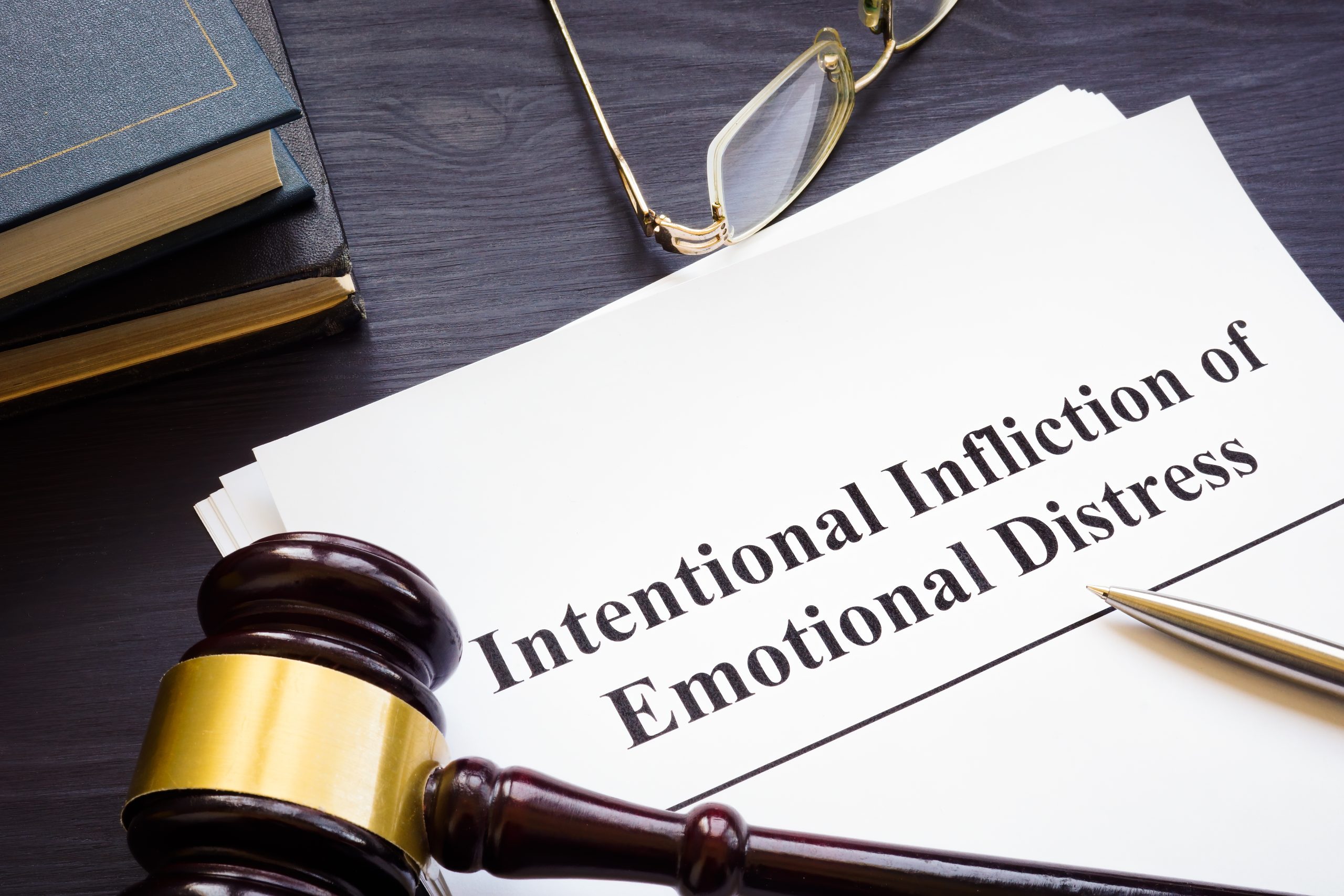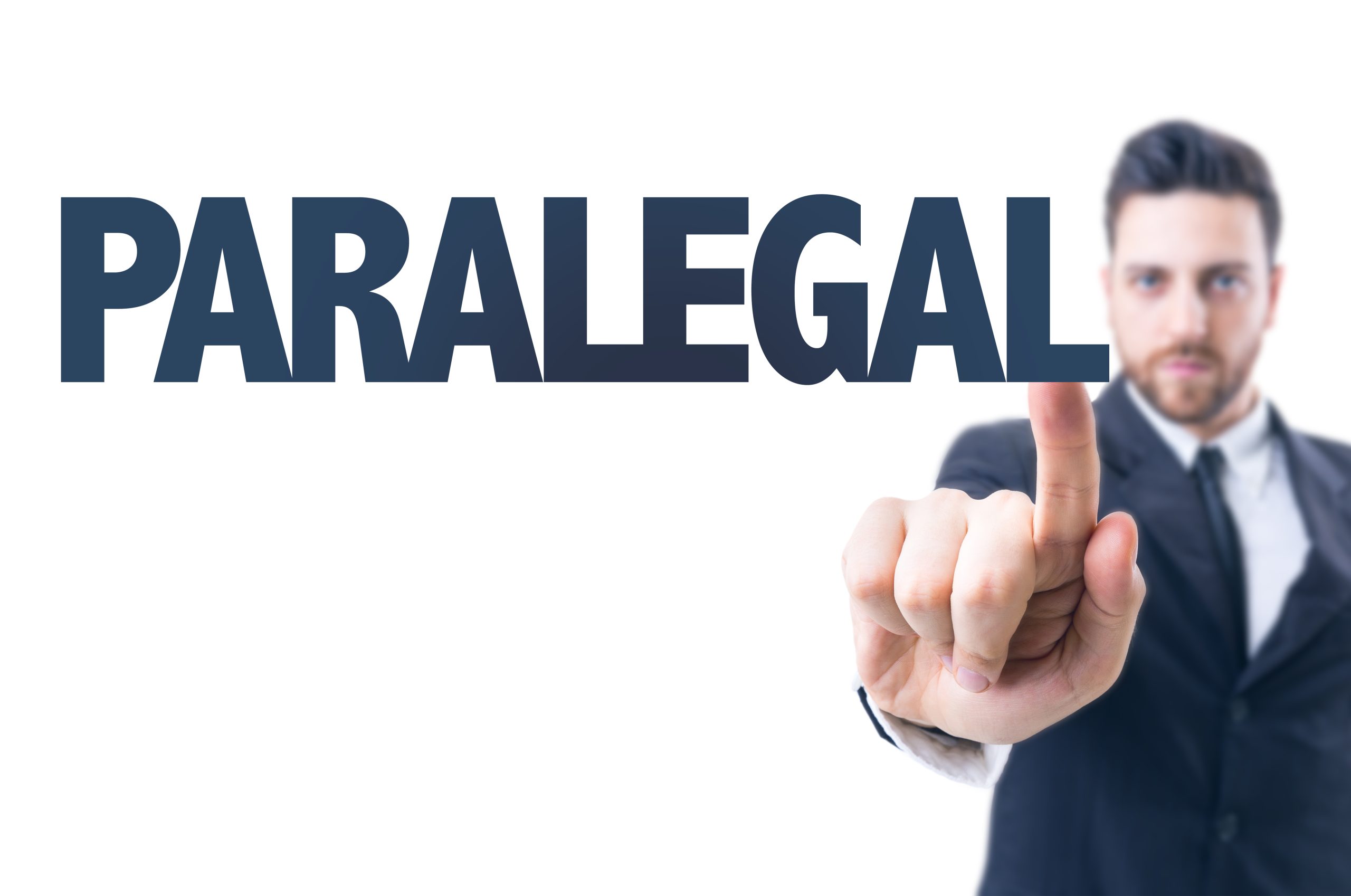DISCLAIMER: Altiorem Legal Services (hereinafter, “Altiorem”) cannot and does not provide legal advice. Altiorem is not a law firm; Altiorem’s staff are not attorneys, cannot act as attorneys, and do not act as attorneys; and any information provided by Altiorem in this article or otherwise is not a substitute for legal advice from an attorney. The information contained in this article should not be construed as legal advice, as it is not intended to be legal advice; the information in this article is provided for educational purposes only. Again, none of the information provided in this article should be construed as legal advice, and nobody should rely on or use the information contained in this article in their legal matters.
WHAT IS THE INTENTIONAL INFLICTION OF EMOTIONAL DISTRESS?
The tort (wrongful act) of intentional infliction of emotional distress (IIED) occurs when one acts abominably or outrageously with the intent to cause another to suffer severe emotional distress, for example, abominably issuing an outrageous threat of future harm upon another person.1See https://www.law.cornell.edu/wex/intentional_infliction_of_emotional_distress
A prima facie2i.e., accepted as correct until proven otherwise case of IIED includes the following factors:
- The tortfeasor (the person who committed the tort) acts;
- The tortfeasor’s act and conduct are outrageous;
- The tortfeasor acts for the purpose of causing the victim emotional distress so severe that it could be reasonably expected to adversely affect the victim’s mental health; and
- The tortfeasor’s conduct is the cause of such distress.3Supra footnote 1.
WHAT ARE THE ELEMENTS REQUIRED TO PROVE AN IIED CLAIM?
The plaintiff or complainant must prove the following elements to establish an IIED claim:
- The tortfeasor’s conduct must be outrageous or abominable;
- The tortfeasor must act intentionally or recklessly;
- There must be actual suffering of severe or extreme emotional distress on the part of the victim; and
- The tortfeasor’s conduct must be the actual and proximate cause of the severe emotional distress of the plaintiff.4Restatement (Second) of Torts §46.
The “extreme and outrageous” actionable conduct must be “so outrageous in character, and so extreme in degree, as to go beyond all possible bounds of decency, and to be regarded as atrocious, and utterly intolerable in a civilized community.”5See id.
The tortfeasor’s conduct must be more than malicious and intentional; liability does not extend to mere insults, indignities, threats, annoyances, or petty oppressions.6See Viehweg v. Vic Tanny Intern. of Missouri, Inc., 732 S.W.2d 212, 213 (Mo.App.1987) The court must determine whether an average member of the community, upon learning of the facts alleged by the plaintiff, would exclaim “outrageous!”7See id.
Here are a few examples of the types of stresses that a victim in an IIED claim may suffer, as well as circumstances that may help prove an IIED claim:
- obtaining medical records to show treatment for stress, anxiety, and/or panic attacks;
- obtaining documents and the testimony of a counselor providing that the complainant went to counseling for stress and anxiety;
- documentation showing that the complainant missed work due to the emotional distress;
- evidence of weight loss or weight gain of the complainant;
- presenting a diary of the complainant’s emotional distress symptoms, such as the inability to sleep or forgetfulness;
- documentation showing the development of a substance abuse problem;
- presenting evidence of depression or other mental illnesses;
- presenting evidence of changes in blood pressure;
- presenting evidence of nervous system disorders, if any; and
- presenting evidence of recurring panic attacks, if any.
These are just a few examples of certain types of evidence to prove the complainant’s emotional distress. However, if the tortfeasor’s acts are sufficiently severe, these examples are not necessarily required to establish the intentional infliction of emotional distress. To succeed in an IIED claim, the complainant must gather evidence of each element of the claim. The complainant must also show what harm they suffered and are suffering as a result of the tortfeasor’s conduct. While testifying to emotional distress is a good place to start, it is very important to use evidence to substantiate one’s testimony. Additionally, the complainant would need to show how much they deserve in damages and why they deserve it.
EXAMPLES OF OUTRAGEOUS CONDUCT
Below are examples of situations that may likely constitute the intentional infliction of emotional distress:
- The complainant’s supervisor calls the complainant into the supervisor’s office to ask the complainant out on a date. The complainant declines. Shortly after that, rumors spread around the workplace that the complainant slept with several coworkers. The complainant discovers that it is the supervisor who started the rumors. In this case, the supervisor’s outrageous conduct reasonably led the complainant to suffer significant emotional distress intentionally inflicted by the supervisor.
- It is not a big secret that the complainant has a severe snake phobia. In this scenario, one of the complainant’s coworkers traps several snakes and sets them loose in the complainant’s office. The coworker thinks that it is funny and starts laughing. However, even though the complainant did not suffer any bites or significant physical injuries, the complainant is severely emotionally damaged by the ordeal due to their severe phobia. The complainant is not merely stressed by this ordeal—they are traumatized and subsequently suffer severe anxiety; true emotional damage occurred.
- A neighbor leaves notes on the complainant’s door that people of the complainant’s gender or race are not welcome in the neighborhood. The letters threaten physical harm if the complainant continues to live in the neighborhood. Then, the tortfeasor damages property on the complainant’s lawn. Furthermore, the tortfeasor encourages others to ostracize the complainant, too. As a result, the complainant suffers panic attacks.
- Someone rushes into the complainant’s office. They tell the complainant that their spouse has just been killed in a car accident. However, this is not true; the tortfeasor was playing a prank. As a result, the complaint is severely emotionally distressed and damaged by this ordeal.
- A loan shark threatens serious physical harm to the complainant or the complainant’s family. As a result, the complainant develops significant anxiety and trouble sleeping.
POSSIBLE DEFENSES FOR INTENTIONAL INFLICTION OF EMOTIONAL DISTRESS
If the complainant gives consent to the tortfeasor to engage in outrageous conduct, then courts will likely not consider the conduct to constitute IIED because the consent given negates a prima facie8Supra footnote 2. claim.
Further, context matters as well. If the outrageous conduct is done in a situation in which it may be deemed normal or appropriate, then a prima facie9Id. claim of IIED would be likely negated.10See https://www.law.cornell.edu/wex/intentional_infliction_of_emotional_distress
SAMPLE IIED COMPLAINT
Please click here to see a sample complaint in an intentional infliction of emotional distress claim filed with the federal court. Reading this sample document will help orient and instruct you on IIED claims.
CONTACT US TODAY!
Do you need help with an intentional infliction of emotional distress claim? Let Altiorem help you today with affordable, top-quality legal services.
Expertise. We are knowledgeable, skilled, and experienced in the process of redressing the intentional infliction of emotional distress and in drafting all manner of legal documents, such as briefs, pleadings, motions, memoranda, letters, contracts, etc. If you need a top-quality, professional, excellently written, well-researched, and compelling legal document drafted, then look no further!
Quality. We produce top-quality, properly written legal documents with impeccable grammar, punctuation, spelling, structure, flow, information, compelling legal arguments, and persuasive legal conclusions. You can see the quality of our work on our work samples page, where you can peruse and evaluate our writing, as well as our other blog posts.
Experience. Our paralegals are highly experienced in working with attorneys, other paralegals, and court personnel.
Customer Care. Navigating the Utah legal system can be daunting and confusing. Let Altiorem relieve your stress and be your guide. Altiorem has a team of professional paralegals ready to work for you. We want to give you the best chance at getting an outcome for your case that you will be happy with. We are happy to receive documents via email from you, speak with you on the phone, look through court files, or even translate documents (English / Spanish)!
Accessible. If you are interested in retaining our services, we can be contacted at (801) 855-6541 (text or call) and at altiorem@altioremlegalservices.com. If you have a project in mind that you would like us to work on, please click here to send us a project request and get a quote. Alternatively, you can send us an email detailing the work you need to be performed, and a real person will respond promptly.
Thank you for your attention and consideration.



